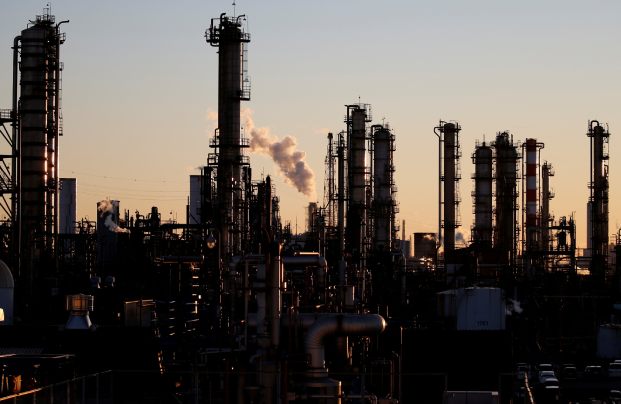Japan’s industrial output rose in October for the first time in four months as re-opening of factories in Asia eased supply snags for automakers, offering hope for the export-reliant economy as it struggles to recover.
The increase was smaller than market expectations, underscoring the lingering impact of global supply chain disruptions. Analysts, however, see signs of an improving outlook.
“Weak outputs among automakers have put a lid on Japan’s overall production for the past three months, but the situation is easing,” Takeshi Minami, chief economist at Norinchukin Research Institute, said.
Factory output grew 1.1% from the previous month in October, government data showed on Wednesday, marking the first increase since June. It compared with a 1.8% gain forecast in a Reuters poll of economists and followed a 5.4% decline in the previous month.
Auto production rose 15.4% month-on-month in October for its first increase in four months thanks to the waning impact of parts shortages in Asia, a Ministry of Economy, Trade and Industry (METI) official told a briefing.
Automakers Vow Normal Production
Japan’s automakers – which account for 15% of the industrial output statistics, according to METI – including Toyota and Honda announced earlier this month their plans to return to normal production in December and make up lost output over coming months.
Manufacturers surveyed by the government expect output to jump 9.0% in November, led by a 35.8% surge among automakers, followed by a 2.1% gain in December, the data showed.
“While other sectors’ production predictions seem optimistic, carmakers output plans are reliably solid,” Minami said, attributing it to the automakers’ lean production processes that affect a wide variety of parts suppliers.
“And these growth (plans) are strong,” he said, but added that it will still likely take until early 2022 for companies to make up the multi-month production losses.
Omicron’s Shadow
Manufacturers’ plans reflect eased impacts of chip and parts shortages, a government official said, though he warned of risks in firms’ supply chains, including any fallout associated with Covid-19’s Omicron variant.
Separate data on Tuesday showed Japan’s jobless rate stood at 2.7% in October, down from the previous month, while an index gauging job availability fell to 1.15 from 1.16 in September.
After a contraction in July-September, economists polled by Reuters expect the world’s third-largest economy to rebound annualised 5.1% in the current quarter thanks to uptick in consumption, partly due to the lifting of the pandemic-induced state of emergency curbs.
The Bank of Japan will hold a rate-review meeting on December 16-17, where the central bank is set to keep its ultra-easy policy unchanged and may decide whether to extend pandemic-relief lending programmes beyond current March 2022 deadline.
- Reuters with additional editing by Kevin Hamlin
ALSO READ:
Japan Weighs Using Oil Reserves to Counter Rising Prices
Japan’s first-quarter economic output falls more than expected
Japan Shrinks More Than Expected In September Quarter
























